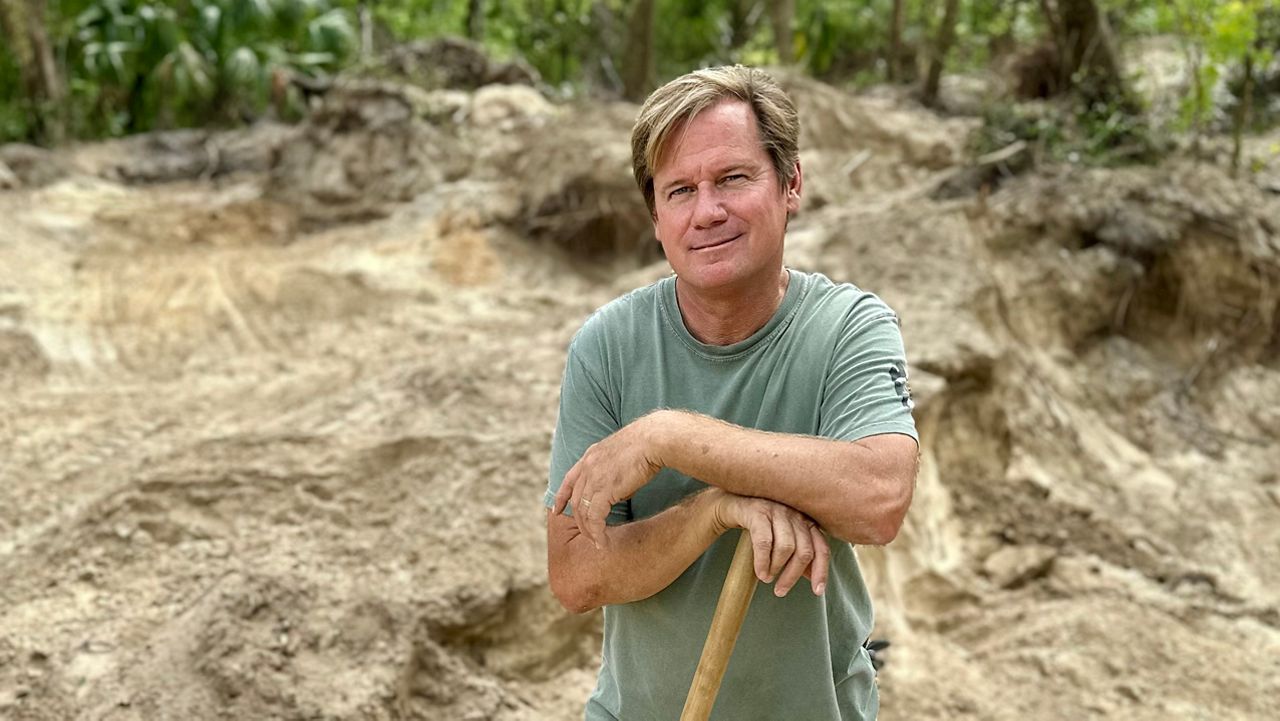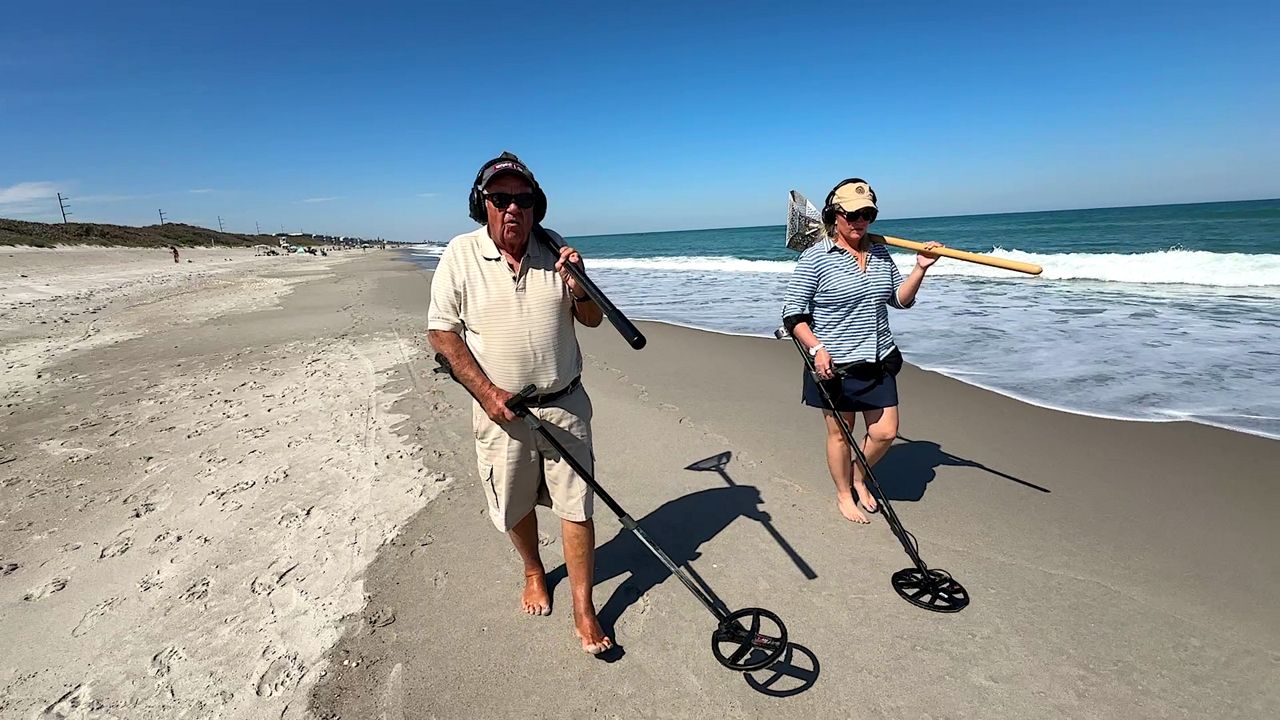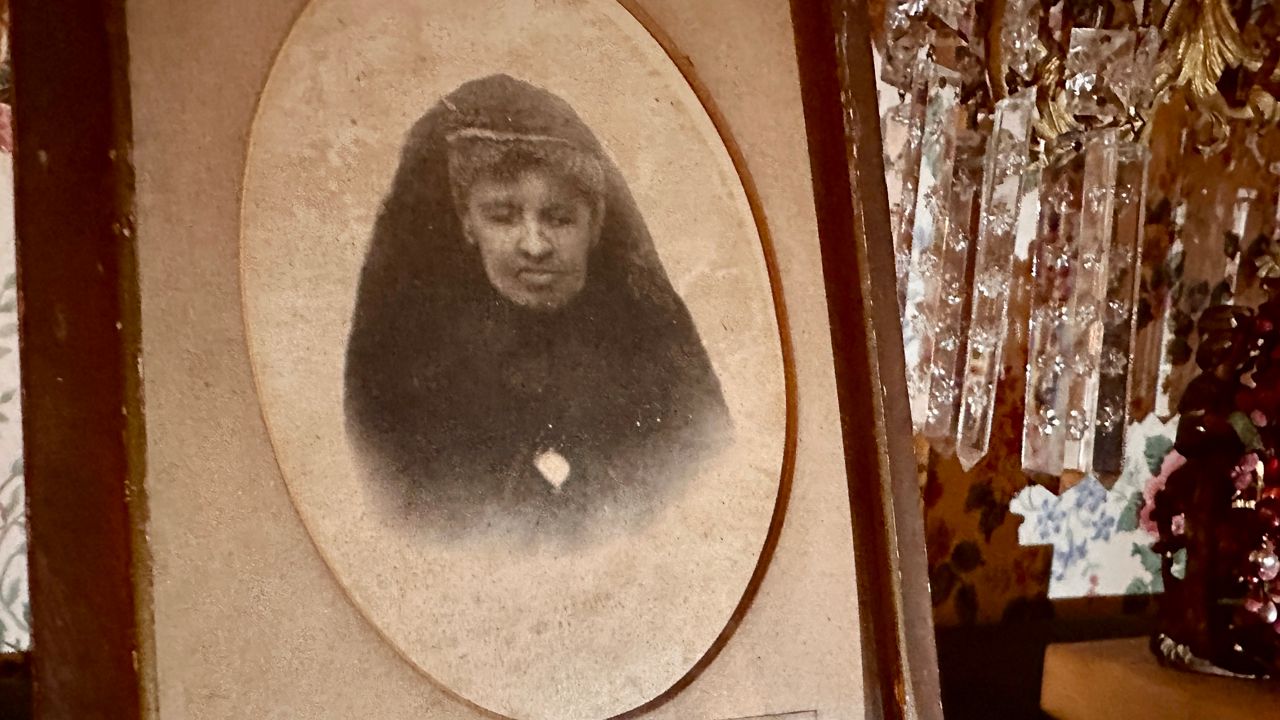SANIBEL, Fla. — You can see evidence of their lives, through the shells along the seashore on Sanibel Island.
And then you can go to the Bailey-Matthews National Shell Museum and Aquarium and see some of the mollusks they study.
Jorden Falker is the Associate Director of Education, and she knows the guests’ favorite animal in the cool water touch pool — the California Sea Hare.
Its shell is on the inside, and Falker points out some of its unique aspects.
“Like what you would think of as ears — they are called rhinophores — it’s actually how they smell," said Falker. “It’s like having two noses on the top of your head.’’
The museum began in 1984.
There are shells, pristine examples of aquatic life and the habitats in which they thrive.
Their “Great Hall of Shells” remains closed because of Hurricane Ian, but it is slated to open in early 2025, repaired and redesigned.
The 2022 storm damaged the museum’s roof and pushed five feet of storm surge into the building.
The museum’s biggest mollusk in their collection is the Giant Pacific Octopus.
One of the upper arm suckers can lift 30 pounds.
“And that’s why they’d be considered a dangerous animal. Because they could easily pull someone into the water if they wanted to.”
Falker is passing on her fascination with mollusks — and one sucker and rhinophore at a time.











